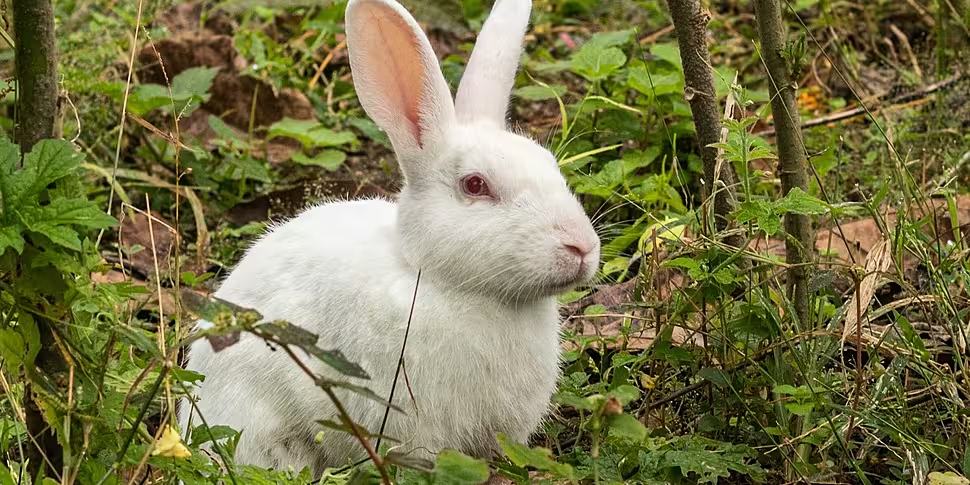Pets abandoned in the wild often become easy prey for predators and may have unforeseen circumstances on the ecosystem.
That's according to DSCPA head of media and public relations Gillian Bird, who was speaking after four rabbits were found at St Stephen's Green in Dublin at the weekend.
Ms Bird told Moncrieff domesticated animals do not have the same survival skills as those in the wild.
"They would have some natural instincts about looking for food because they're graziers," she said.
"They would be hopping around, looking for food, they'd know what to eat.
"They may have a few issues in eating things they shouldn't eat because it wouldn't be something familiar to them - and they would have some knowledge of predators... things like foxes, cats and dogs.
"They wouldn't really be very up-to-date with all these things, because they would have been used to, probably, generations of being kept in hutches as domestic pets".
'People dump rabbits all the time'
Ms Bird said they likely would not have survived too long.
"They're also animals that probably aren't as fit as a wild rabbit," she said.
"So [if] they're running away from a predator they may not have been able to run or hop quite as fast, or as effectively, as a wild rabbit that would have grown up escaping from predators from an early age".
Ms Bird said dumping animals is unfortunately not unusual.
"People dump rabbits all the time, they dump lots of different animals," she said.
"We get them in boxes, dumped in places - but you do get a lot of stories of rabbits just being released into the wild.
"It's dumping, but at the other end people are often thinking, 'This rabbit will be fine, I've seen some rabbits in the field beside me'.
"If you look at the native rabbits they're fairly well camouflaged... they're brown.
"These rabbits were white, fluffy, stand out a lot in colour - so they would be easier to spot than a native rabbit".
 A white domestic rabbit is seen in April 2017. Picture by: Azoor Wildlife Photo / Alamy Stock Photo
A white domestic rabbit is seen in April 2017. Picture by: Azoor Wildlife Photo / Alamy Stock PhotoMs Bird said disease is just one of the concerns around rabbits in the wild.
"You could end up with somebody releasing a sick pet rabbit into the wild which could affect the local population," she said.
"Plus there can also be cross-breeding: you can have a wild rabbit or a domestic rabbit making friends - shall we say - with a wild or non-wild species.
"That's not going to work very well, because if our fluffy white friends made friends with one of the native rabbits, chances are the first litter of offspring would have been a lighter colour than the native ones - and probably would have been easy prey for predators," she added.









